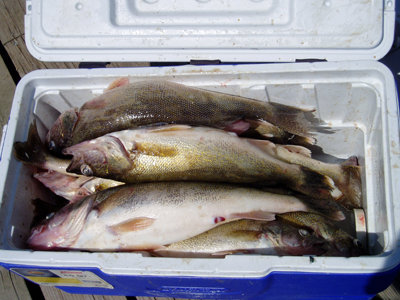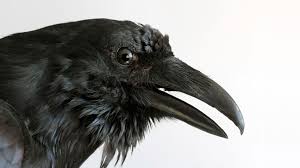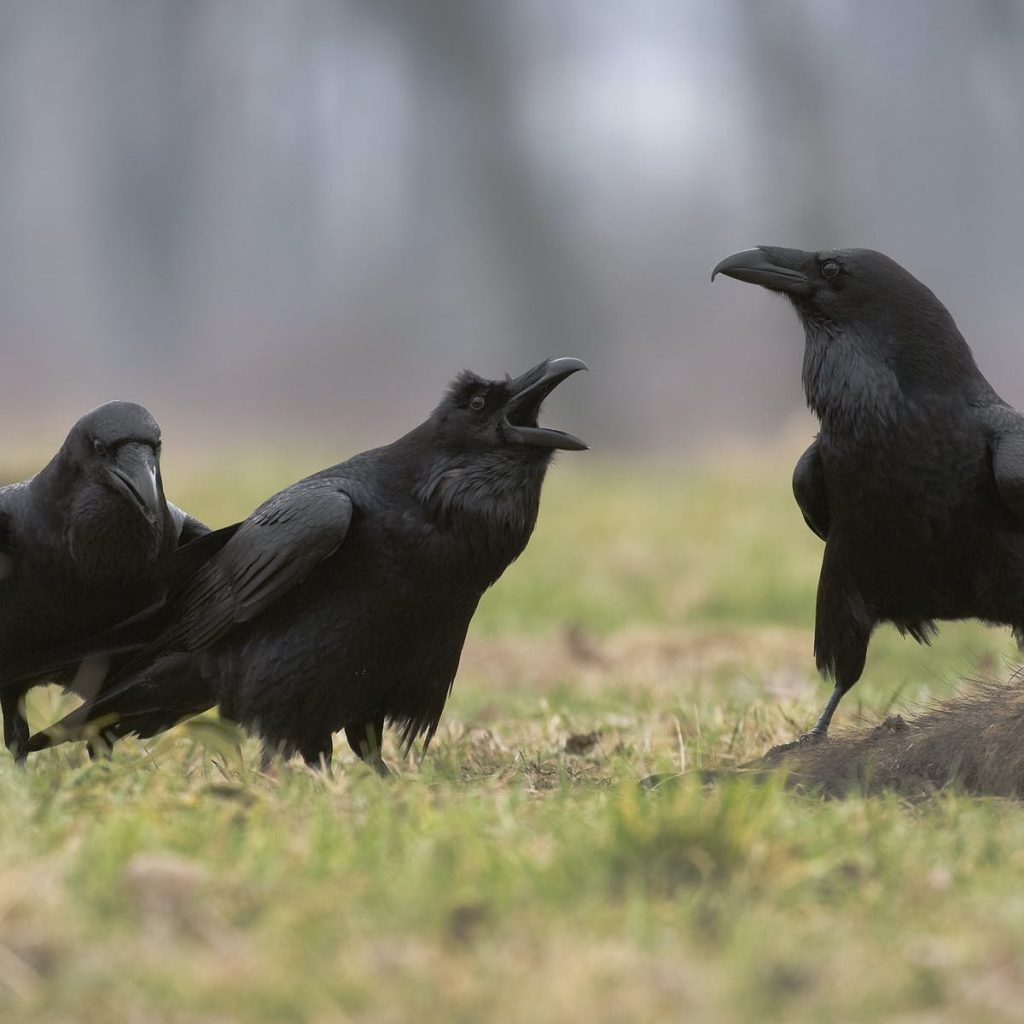Doug Becker
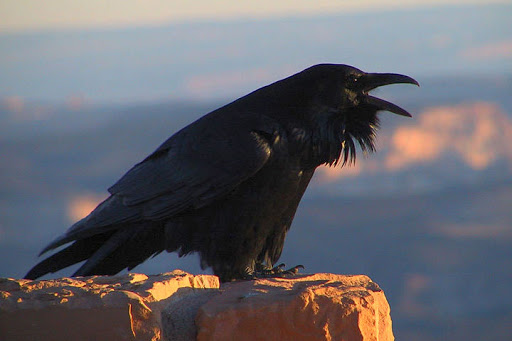
Each year we team up with several friends for our annual camping trip. Our choice destination this time was the fabulous wilds of “The Boundary Waters” in the far northern reaches of Minnesota. Fishing is great, and there’s lots of birds and wildlife to see and identify. We were excited to get there, put up our brand new tents, and set up camp. What first got our attention, however, was the active and raucous crows. No, wait! They weren’t crows. They were Ravens! Coming from the Midwest and the South, none of us had experience with the remarkable Common Raven. We were immediately fascinated.
Folding tables and chairs were put up, special fried spam sandwiches were hot and ready on the stove, and the Ravens came closer. We definitely had each other’s attention. Our cell phones had no reception in this remote area, but we did have our trusty Peterson and Sibley’s birding field guides to inform us about the remarkable Common Raven. Seems the Common Raven has accompanied humans for centuries. They’ve followed trappers, wagons, sleds, hunting parties, and Indians on buffalo hunts to find any remains to consume. Are they smart, or just scavengers? The answer is both. In fact, the Raven is known to be the smartest of all birds, and that’s why they are so bold and remarkable! A single shot from a rifle in a northern forest will attract Ravens looking for a carcass. Scientists study and observe the Common Raven’s creativity and ability to solve problems. This gets to be very fascinating.
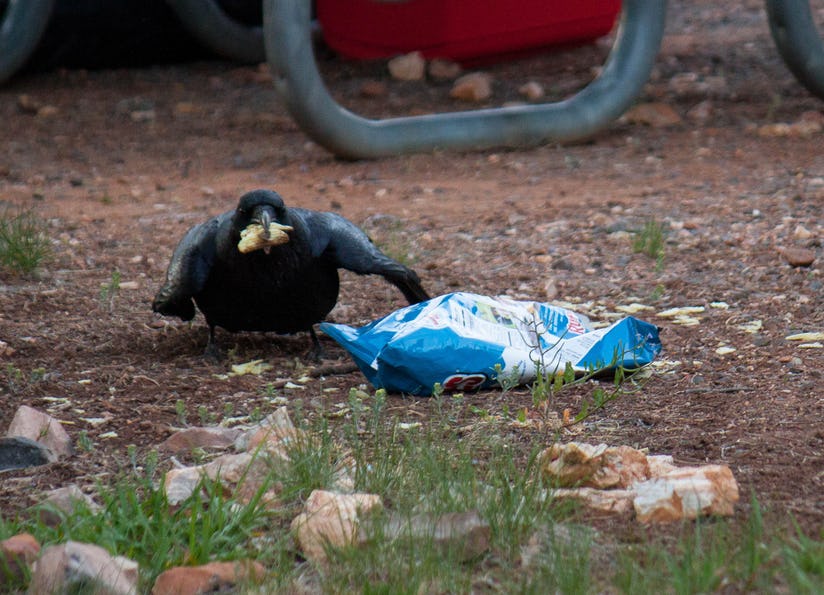

Ravens are not crows, but are in the same family. Ravens prefer the wilds more, while Crows will live right downtown if they can. Except for feeding, Ravens are more territorial and singular. Crows will group up, as we all know. Ravens are bigger, leaner with longer wings and a neat fan, or wedge-shaped tail. Their flight is much more graceful and smooth. They sometimes soar in the currents. Ravens also have a longer and heavier bill. Crows go caw-caw-caw while the Raven makes a more guttural or gurgling sounding croak. Both birds have more sounds in their repertoire, but the remarkable Raven can imitate the call of other birds. If captive, the Raven will copy our words. One researcher taught his Raven to say, “nevermore.” I’d do the same. Crows are smart, but Ravens are smarter!
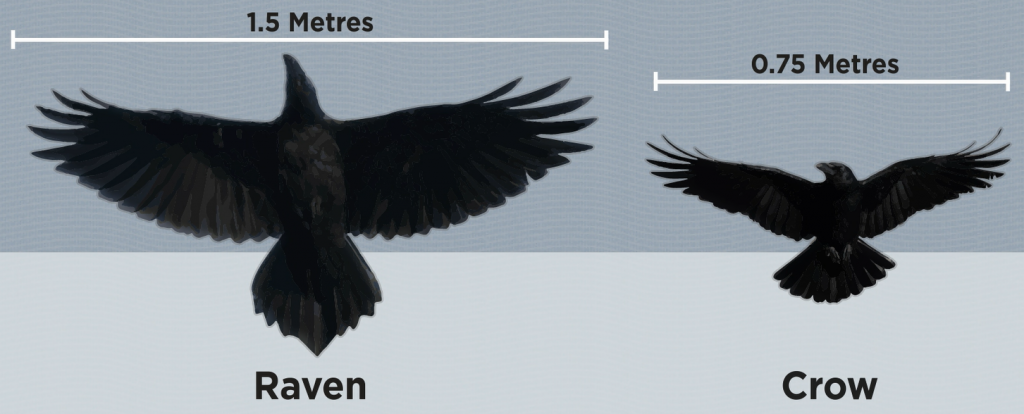
Aside from being entertained by the Ravens at the campsite, watching them in the air from the canoe was a real distraction from our fishing. Their acrobatic antics were spectacular. In flight, there would be somersaults, barrel rolls, and even flying upside down. A young Raven, we read, will pick up a large stick and fly way up, then drop it while he tucks his wings and catches it before it hits the ground. How about that? Yes, a remarkable Raven!
Ravens are found in the northern forests around the world. In North America they range through all of Alaska and Canada, then through the Rocky Mountain states and west coast, and down through Mexico. Now, with reforestation, these great birds are returning to the far northern midwest, northeast, and the Appalachian Mountains.
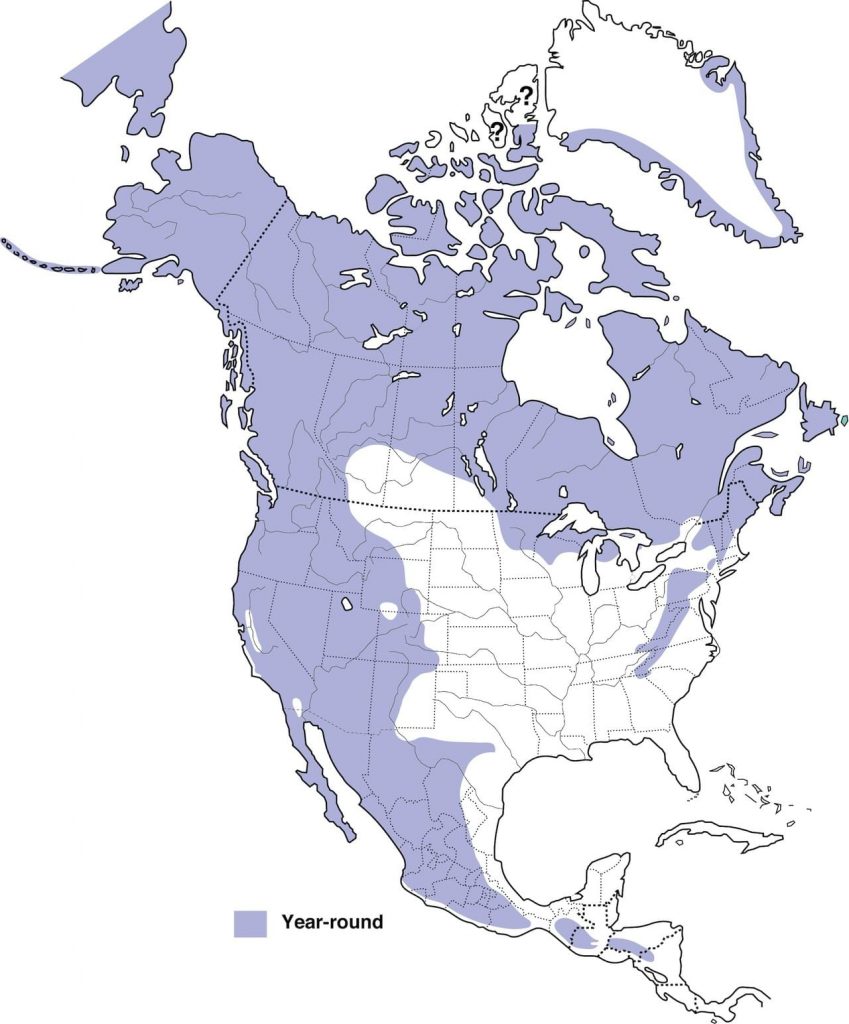
The Common Raven eats from a large and diversified menu. In fact, they seem to eat almost anything. They eat carrion, small animals like mice and baby tortoises, Pigeons, nestling Great Blue Herons, eggs, grasshoppers, beetles, scorpions, fish, wolf and sled-dog dung, grains, buds and berries, baby chicks, pet food, an many types of human food. I’m gettin’ full just thinkin’ about it! Needless to say, we carefully guarded our tables, and trash was well-sealed and properly discarded. In that regard, along with the Bald Eagles, Ravens are regulars at the city landfill.
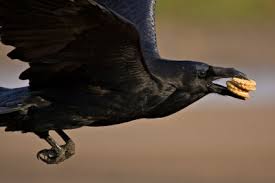
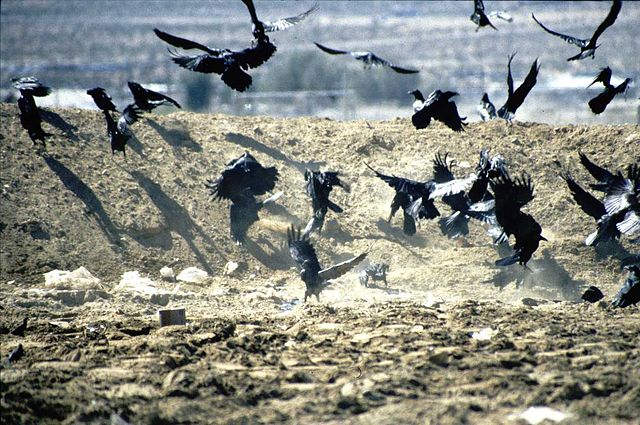
Nest building takes about nine days. Nesting is on cliff ledges, or in the crotch of a tree well under the canopy. The female does most of the work after the male breaks off three foot branches from live growth and brings them to the nesting site to establish a platform. More sticks are brought in and woven together. The female makes a large mud cup for the bottom. Lined with grass, or sheep wool, fur, tree bark, and sometimes, trash. When all is done, the nest is an uneven five feet across, two feet high, and ready for an average clutch of three to seven eggs. Nesting period is 28-50 days.
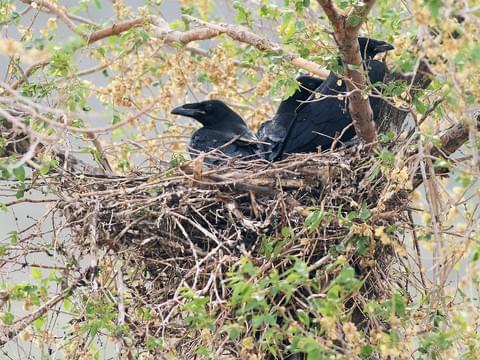
Ravens are said to be attracted to shiny objects and will take them back to their nest. Science proves this not to be true. Shiny or not, Ravens are just very intelligent and curious about everything. Playing with bottle caps, and the like, is common fare as they search out what is useful and what is not. Ravens work together to solve problems which attracts the scientific community. The bold intelligence of these age-old birds have spurred myths and scary images in art and literature. This, alone, is a topic for study. Edgar Allen Poe obviously had a dark image of the Common Raven. Ahh, nevermore!
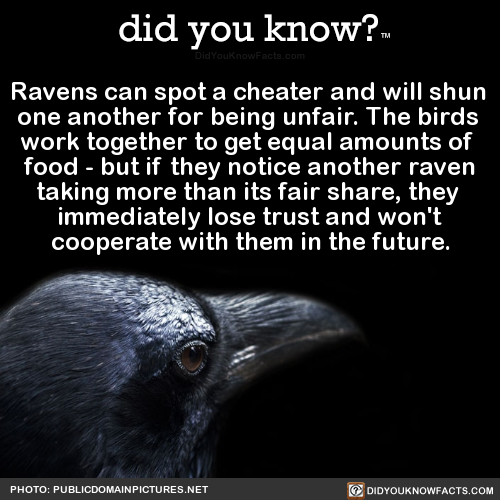
The trip was great. Our coolers are full of fresh fish, we all have sun on our faces, and we’re all well-read on the ever-entertaining and remarkable, Common Raven. May I recommend grabbing your best binoculars and camping gear and checking out the Minnesota Boundary Waters? This pristine and beautifully preserved wildlife area should be high on your “must do” list. I’ll be back. See ya out there!
